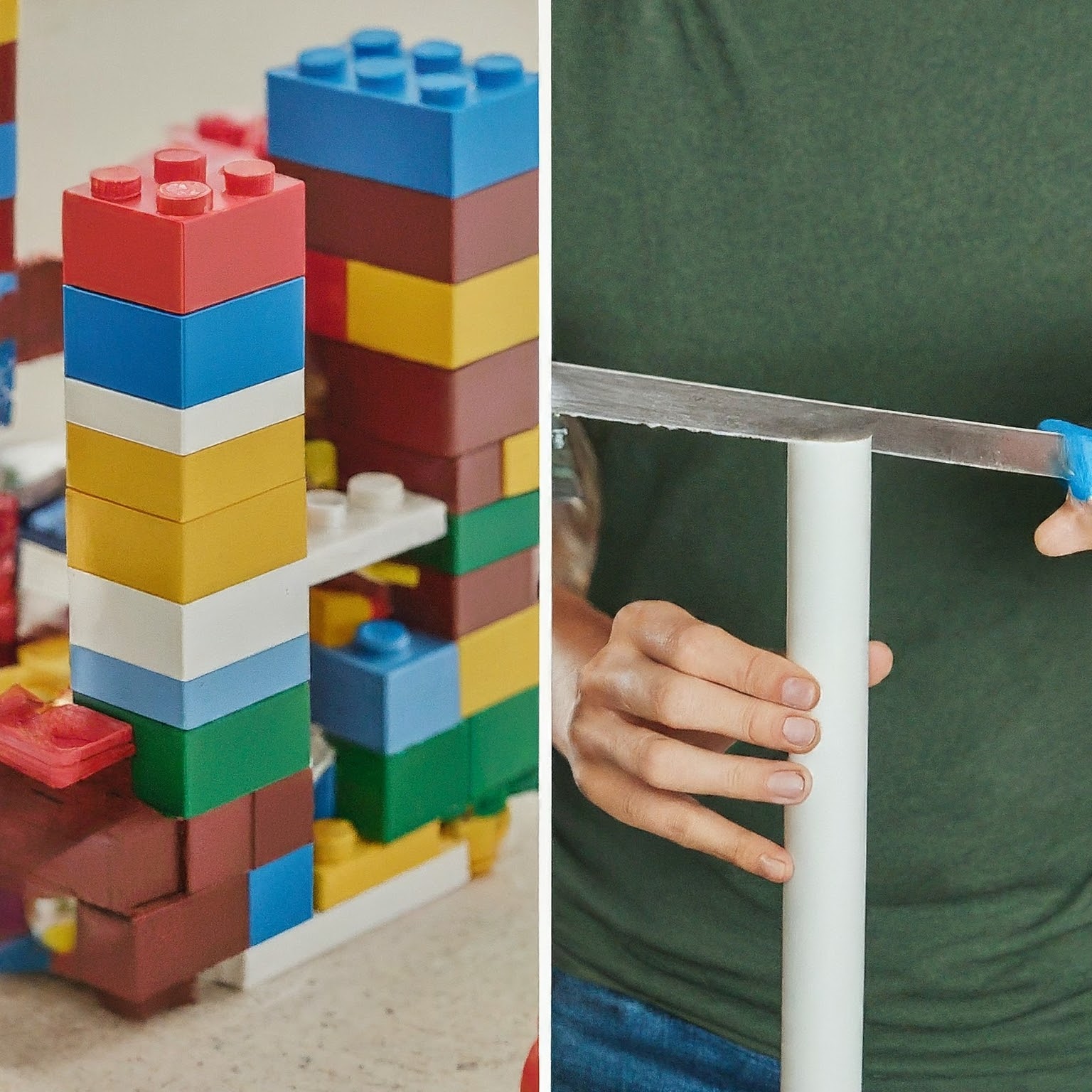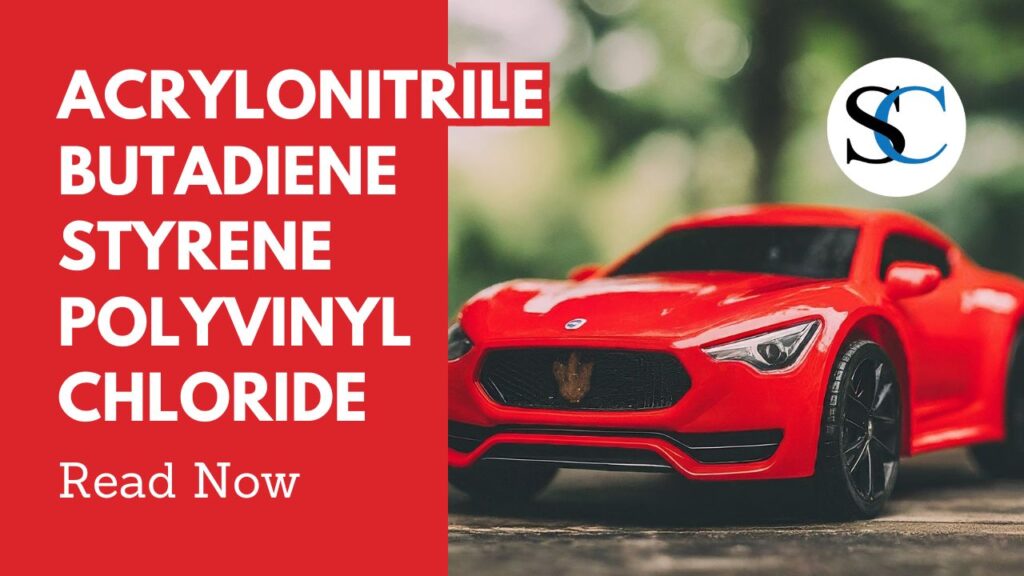Acrylonitrile Butadiene Styrene Polyvinyl Chloride: While the title might sound like a tongue twister, it refers to two of the most commonly encountered plastics in our daily lives: Acrylonitrile Butadiene Styrene (ABS) and Polyvinyl Chloride (PVC). Sure, we can skip the complex science behind their names, but understanding their key characteristics can empower you to make informed choices about the plethora of plastic products out there.
Beyond the Alphabet Soup: Decoding Acrylonitrile Butadiene Styrene Polyvinyl Chloride
-
ABS (Acrylonitrile Butadiene Styrene): Renowned for its strength and resilience to impact, ABS is a versatile plastic that’s everywhere, from the iconic LEGO bricks in your child’s room to car parts under the hood of your vehicle. You’ll also find it in pipes that carry non-potable water and even the casings of some household appliances. Generally considered safe for contact with food, ABS is often the preferred material for reusable water bottles.
-
PVC (Polyvinyl Chloride): The champion of affordability and durability, PVC reigns supreme in the world of plumbing pipes, window frames, flooring solutions, and even outdoor furniture. However, PVC can become brittle over time, and some varieties contain phthalates, chemicals that have raised potential health concerns.
Choosing the Plastic Perfect for the Project: Acrylonitrile Butadiene Styrene Polyvinyl Chloride
Now that you have a basic understanding of these two plastic titans, here’s a cheat sheet to navigate the world of ABS and PVC:
Plumbing Pipes: Acrylonitrile Butadiene Styrene Polyvinyl Chloride
PVC pipes are the go-to choice for their durability and leak resistance. However, for hot water lines, it’s crucial to switch to copper or PEX to avoid potential health risks associated with hot PVC.
Taming the Toy Box: Acrylonitrile Butadiene Styrene Polyvinyl Chloride
ABS toys are generally considered safe due to their impact resistance, making playtime a worry-free experience for both kids and parents. But remember, supervision is always key, and choose age-appropriate toys for your little ones.

Storage Solutions: Acrylonitrile Butadiene Styrene Polyvinyl Chloride
ABS containers are a great choice for organizing tools, keeping toys contained, or storing dry food items. For long-term food storage, always check for food-grade certifications to ensure safety.
Furnishing the Outdoors: Acrylonitrile Butadiene Styrene Polyvinyl Chloride
PVC patio furniture offers a budget-friendly way to spruce up your deck or patio. However, be mindful that prolonged sun exposure can make it brittle. Consider storing it during harsh weather conditions or investing in weather-resistant alternatives made from recycled plastic or natural fibers.
Thinking Green: Acrylonitrile Butadiene Styrene Polyvinyl Chloride
Both ABS and PVC have environmental drawbacks associated with their production and disposal processes. Whenever possible, seek out sustainable alternatives. For example, consider glass or stainless steel water bottles instead of plastic.
But wait! Don’t be so quick to toss those old PVC pipes or ABS containers! Both materials are surprisingly adept at upcycling projects. With a dash of creativity, you can transform them into eye-catching planters, functional organizers, or even unique furniture pieces. The internet is a treasure trove of inspiration for upcycling ABS and PVC, allowing you to reduce waste and unleash your inner DIY enthusiast.
The Final Word: Acrylonitrile Butadiene Styrene Polyvinyl Chloride
By understanding the strengths, weaknesses, and environmental impact of ABS and PVC, you’re equipped to make informed choices as a consumer. Seek out sustainable alternatives when possible, and remember the power of upcycling to breathe new life into old plastic items. Remember, a little knowledge goes a long way in navigating the vast and ever-changing world of plastics!
A Deeper Dive: Safety and Environmental Considerations
While both Acrylonitrile Butadiene Styrene (ABS) and Polyvinyl Chloride (PVC) are widely used due to their beneficial properties, it’s essential to acknowledge the safety and environmental considerations attached to each.
Safety Concerns: Acrylonitrile Butadiene Styrene Polyvinyl Chloride
- ABS Safety: ABS is generally considered safe for everyday use, particularly for non-food items. However, when heated or burned, it can release potentially harmful fumes. Therefore, when using ABS products that may be exposed to high temperatures, such as in 3D printing, ensure proper ventilation.
- PVC Safety: The use of phthalates in some PVC products has raised health concerns, especially when these items are used in environments with high heat or as containers for food. Always look for phthalate-free PVC if safety is a priority, particularly for items that may come into direct contact with food or children’s toys.
Environmental Impact: Acrylonitrile Butadiene Styrene Polyvinyl Chloride
- ABS: The production of ABS involves petroleum-based resources, making it less eco-friendly in terms of sourcing. Additionally, it is not biodegradable, posing challenges in disposal. However, it can be recycled, so always check local recycling guidelines to see if your community accepts ABS items.
- PVC: PVC’s environmental impact is more significant due to the chemicals used in its production, including chlorine. When PVC products degrade or are incinerated, they can release toxic substances into the environment. Despite this, PVC can be recycled into new products, which can extend its life cycle and reduce waste.
Future Innovations: Acrylonitrile Butadiene Styrene Polyvinyl Chloride
The world of plastics is evolving as sustainability becomes a priority. New developments are emerging in the form of biodegradable and eco-friendly alternatives that aim to match the durability and functionality of traditional plastics like ABS and PVC. Bio-based polymers, for instance, are becoming increasingly popular, offering a promising future for a more sustainable approach to everyday products.
By exploring eco-friendly options, advocating for improved recycling practices, and using existing materials like ABS and PVC more creatively through upcycling, we can all contribute to a healthier planet while still enjoying the benefits these versatile materials provide.
Practical Tips for Choosing ABS or PVC
- Assess Your Project Needs: ABS is ideal for projects that require impact resistance and durability, such as toys or protective casings. PVC is better for static applications like plumbing or furniture.
- Consider Longevity: PVC may degrade when exposed to the sun, so use ABS or look for UV-resistant PVC for outdoor applications.
- Check for Safety Labels: When using these plastics for food storage or children’s items, look for BPA-free and phthalate-free certifications.
Armed with these insights, you can make more responsible choices and leverage the many benefits of Acrylonitrile Butadiene Styrene Polyvinyl Chloride in your daily life.
PVC Resins 101: The Ultimate Guide to the Best Quality





